SOURCE: RAUNAK KUNDE / NEWS BEAT / IDRW.ORG
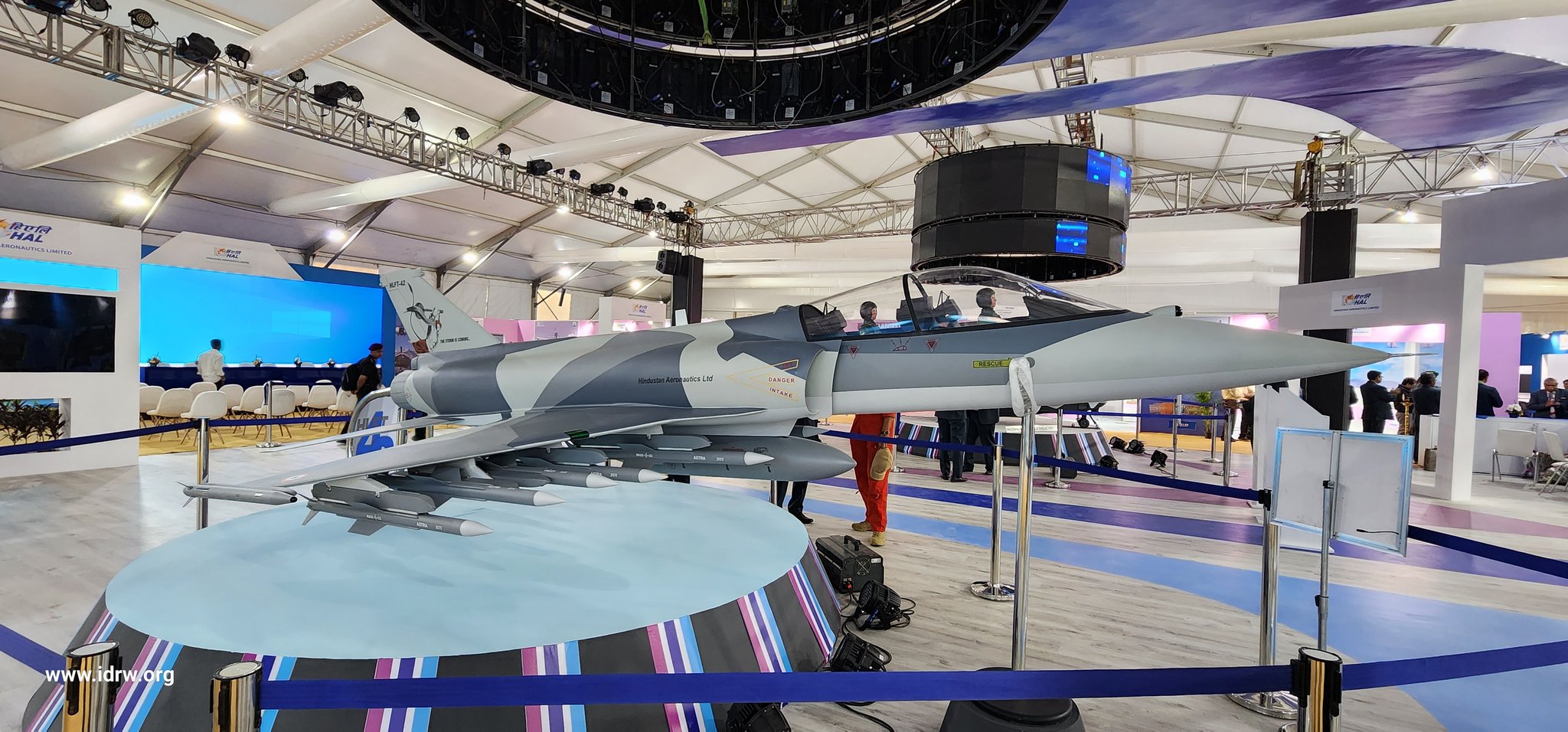

Hindustan Aeronautics Limited’s (HAL) ambitious HLFT-42 program, unveiled in 2023 as the “Next Gen Supersonic Trainer,” seems to be facing delays. While the initial reveal showcased a promising design with a 4.5-ton weapon payload and the ability to act as a light combat jet, crucial decisions regarding final configuration and engine selection remain unresolved.
The HLFT-42 captured attention with its impressive capabilities. Boasting a 4.5-ton weapon payload capacity and a 16.5-ton Maximum Take-Off Weight (MTOW), it promised to not only provide advanced pilot training for 4th and 5th-generation fighters but also function as a light combat jet. This versatility, coupled with the potential for combat teaming scenarios, made it an attractive proposition for the Indian Air Force (IAF).
Continue readingSOURCE: RAUNAK KUNDE / NEWS BEAT / IDRW.ORG
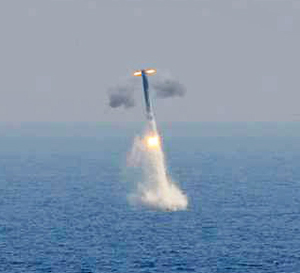

On March 20, 2013, India witnessed a historic feat: the successful test-fire of a submarine-launched BrahMos (SLCM) supersonic cruise missile from a submerged platform in the Bay of Bengal. This marked a significant step forward in India’s underwater deterrence capabilities. However, over a decade later, the SLCM variant remains absent from operational Indian submarines.
The BrahMos, a joint Indo-Russian venture, boasts impressive range and speed. While the initial SLCM variant tested in 2013 had a range of 290 km, BrahMos Corporation has since developed even longer-range variants: the BrahMos-ER (450 km) and even a very longer version exceeding 800 km. Integrating these missiles with submarines would offer an unmatched underwater stand-off capability.
Continue readingSOURCE: RAUNAK KUNDE / NEWS BEAT / IDRW.ORG


Airbus is set to showcase its military muscle at India’s upcoming mega-exercise, ‘Tarang Shakti,’ in a bid to win key Indian Air Force (IAF) contracts. The European aerospace giant will demonstrate its A400M military transport aircraft, a contender for the IAF’s ambitious program to acquire 60-80 Medium Transport Aircraft (MTA).
The A400M demonstration, taking place alongside the exercise in Tamil Nadu this August, presents a unique opportunity for Airbus to impress IAF officials. Notably, the German Air Force, a participant in Tarang Shakti, will be deploying Tornado jets, Eurofighters, and Airbus A330 mid-air refuelling tankers – all platforms that Airbus is also actively pushing for IAF consideration. The Eurofighter is a competitor in the IAF’s MRFA tender for new fighter jets, while the A330 competes for the IAF’s requirement of six mid-air refuelling tankers.
Continue readingSOURCE: IDRW.ORG.
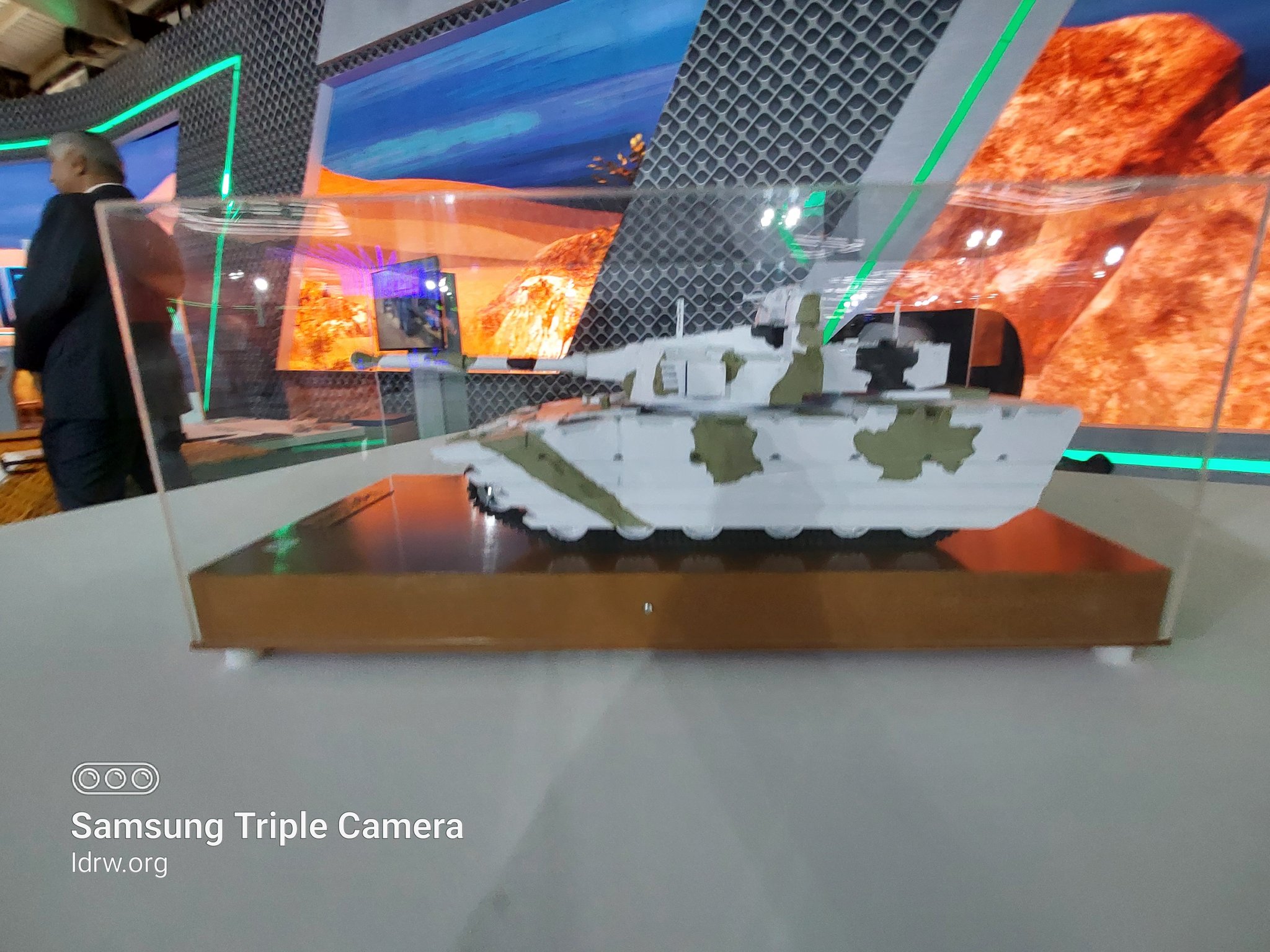

Larsen & Toubro (L&T) Defense is highlighting the rapid development of India’s new Light Tank, codenamed Project Zorawar. Arun Ramchandani, Executive Vice President & Head of L&T Defense, claims this project is one of the fastest light tank development programs globally, moving from conception to rollout in just 18 months.
This swift development is attributed to L&T’s prior experience in manufacturing the K-9 Vajra Self-Propelled Howitzer. The K-9 Vajra project provided a strong foundation for the Zorawar Light Tank, accelerating the design and production process.
Continue readingSOURCE: IDRW.ORG.


In the ever-evolving landscape of aerial warfare, the development of advanced unmanned combat aerial vehicles (UCAVs) is poised to revolutionize military capabilities. Among these groundbreaking innovations is the Remotely-Piloted Strike Aircraft (RPSA) stealth UCAV, a formidable platform designed to augment the capabilities of manned fighter jets. To offer a glimpse into its scale and potential, we present a computer-generated image showcasing a side-by-side size comparison of the RPSA with the LCA-Tejas Mk1A fighter jets.
The provided computer-generated image offers a side-by-side comparison of the expected dimensions of the RPSA and the LCA-Tejas Mk1A. Both appear to be in the Light-weight category, with the RPSA possibly having a slightly smaller profile. This is supported by estimations of the RPSA’s Maximum Take-Off Weight (MTOW) falling within the 12-13 ton range, placing it in the same league as the Tejas Mk1A’s 13.5-ton MTOW.
Continue readingSOURCE: RAUNAK KUNDE / NEWS BEAT / IDRW.ORG


Yantra India Limited (YIL), a major Indian state-owned defence production company, is experiencing a surge in demand for its 155mm artillery shells. This positive development is driven by a growing export market, propelling YIL towards significant production growth.
YIL has strategically scaled up its production of 155mm shells to cater to the rising demands of international buyers. This shift comes in stark contrast to the past, where YIL typically received yearly domestic indents for a considerably lesser quantity (around 50,000 to 60,000 shells).
Continue readingSOURCE: RAUNAK KUNDE / NEWS BEAT / IDRW.ORG
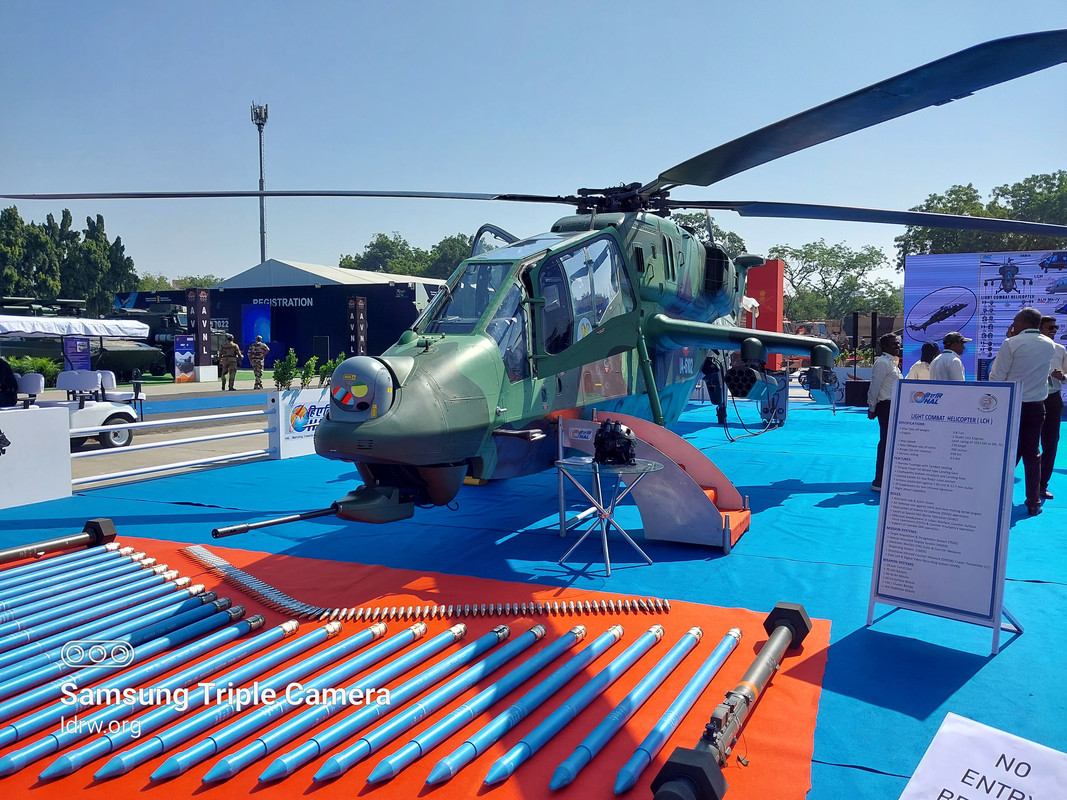

India’s state-owned Hindustan Aeronautics Limited (HAL) is set to test a new Obstacle Avoidance System (OAS) for its indigenously developed Light Combat Helicopter (LCH) Prachand. This system will provide a crucial safety upgrade for pilots, particularly during low-level flight manoeuvres.
Attack helicopters like the Prachand excel at low-level flying maneuvers, making them ideal for taking out armored regiments. However, this operational environment also presents unique challenges. Pilots must navigate a complex landscape filled with obstacles like hills, towers, power lines, and cableways. These threats become even more dangerous during bad weather conditions and low-visibility situations like night missions.
Continue readingSOURCE: RAUNAK KUNDE / NEWS BEAT / IDRW.ORG


The long-awaited dream of DRDO (Defence Research and Development Organisation) and HAL (Hindustan Aeronautics Limited) to establish an indigenous climate chamber test facility for fighter jets appears to be nearing fruition. This facility will be a game-changer for India’s domestic fighter jet development, offering a multitude of advantages:
Climate chambers can simulate a wide range of weather conditions, from scorching deserts to frigid high altitudes. This eliminates the need for time-consuming and expensive relocation of test jets to geographically diverse locations. Faster testing translates to quicker development cycles and earlier deployment of advanced fighter jets for the Indian Air Force.
Continue readingSOURCE: IDRW.ORG.


Larsen & Toubro (L&T), a prominent Indian private sector conglomerate, showcased its indigenously developed unmanned surface vessel (USV) named “Vega” to the Defence Secretary, Shri Giridhar Aramane. The unveiling took place at L&T’s state-of-the-art shipyard in Kattuppalli, where the Defence Secretary witnessed a demonstration of the USV’s capabilities.
The Vega USV boasts a unique operational flexibility, functioning in fully autonomous, semi-autonomous, and remote-controlled modes. This versatility allows the system to be interfaced with existing vessels, effectively transforming them into unmanned platforms.
Continue readingSOURCE: IDRW.ORG.


India’s Defense Research and Development Organisation (DRDO) has taken a step towards acquiring next-generation robotic capabilities. The organization has issued tenders for the manufacturing, integration, testing, and supply of humanoid upperbody robotic systems.
The tender announcement suggests that DRDO is actively pursuing the creation of robotic soldiers for the Indian Army. These humanoid upperbody systems could potentially be integrated onto existing platforms or serve as the foundation for the development of fully autonomous combat robots.
Continue readingSOURCE: RAUNAK KUNDE / NEWS BEAT / IDRW.ORG


India is poised to take a significant leap in its military capabilities with the ambitious development of its own Unmanned Combat Aerial Vehicles (UCAVs), also known as stealth combat drones. These drones, envisioned to fire missiles and precision-guided weapons, will offer a transformative edge in modern warfare.
While details remain under wraps, sources close to idrw.org suggest a funding proposal for the RPAS (Remote Piloted Aerial Vehicle) program, which encompasses UCAVs, could be presented later this year or early next year. Estimates suggest a potential budget of ?5,000 crore (approximately $600 million) to propel this program forward. Currently, the project is undergoing evaluation by a dedicated committee established by the Ministry of Finance.
Continue readingSOURCE: RAUNAK KUNDE / NEWS BEAT / IDRW.ORG
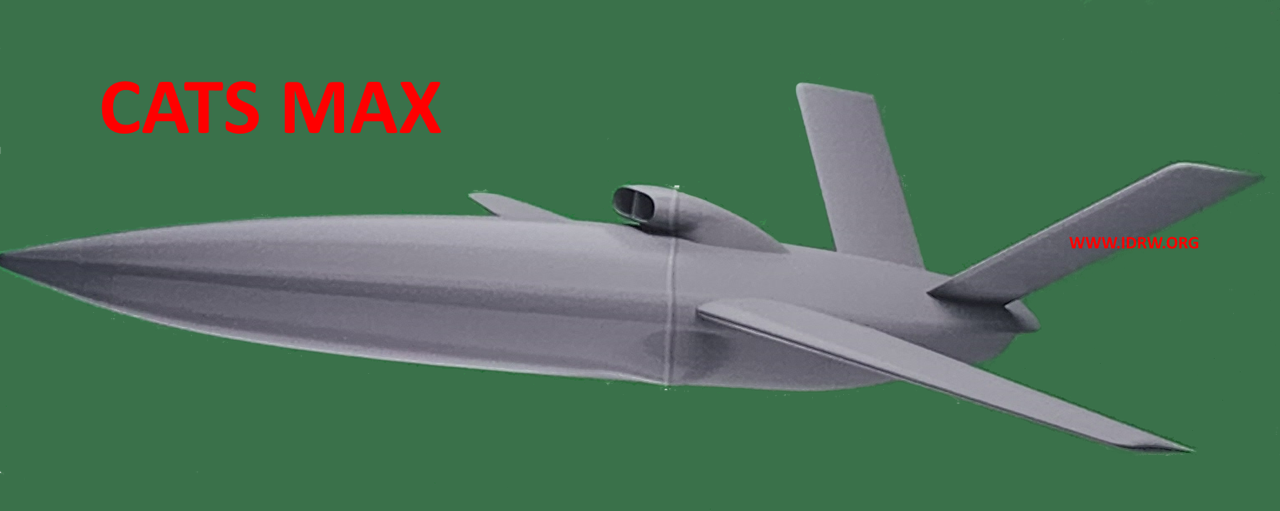

The Indian Air Force (IAF) and Hindustan Aeronautics Limited (HAL) are collaborating on a revolutionary project: the CATS-Warriors, a low-cost, highly capable unmanned combat aerial vehicle (UCAV). This “loyal wingman” concept has the potential to redefine aerial warfare strategies.
In 2019, the seeds were sown for this innovative project with the development of a proof-of-concept prototype. These 1.6-tonne marvels boast low observability (stealth) capabilities and autonomous flight at high altitudes (around 36-40,000 feet). The estimated unit cost of a mere ?50 crore (approximately $6.7 million) makes them incredibly cost-effective compared to traditional fighter jets.
Continue readingSOURCE: RAUNAK KUNDE / NEWS BEAT / IDRW.ORG
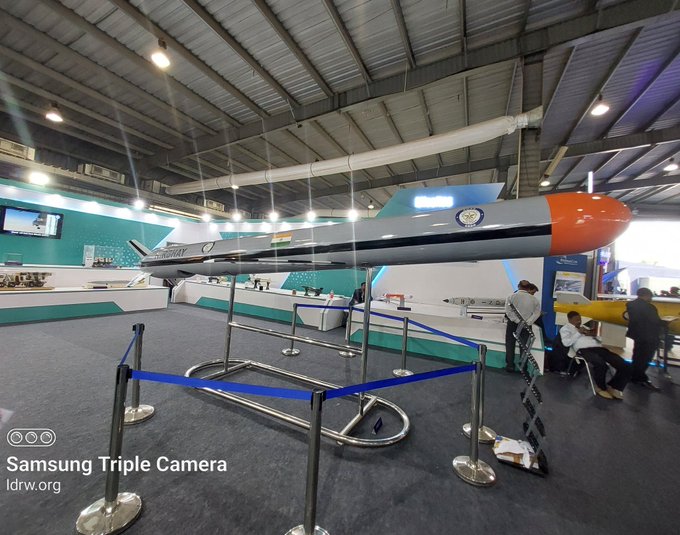

India’s Defence Research and Development Organisation (DRDO) has achieved a significant milestone in its cruise missile program with the successful development of the Manik engine. This small turbofan engine, produced by the Gas Turbine Research Establishment (GTRE), is a key element that was missing for the indigenous development of low-cost subsonic cruise missiles.
The Manik engine, with a thrust of 4.5 kN, has undergone extensive testing and is nearing the end of its development phase. This paves the way for mass production, which is expected to last for the next 20 years or so.
Continue readingSOURCE: IDRW.ORG.


Larsen & Toubro (L&T) Defense, a leading Indian defense contractor, has successfully delivered 100 K-9 Vajra self-propelled howitzers to the Indian Army. These howitzers are a testament to India’s growing self-reliance in defense equipment, with over 18,000 components sourced domestically.
The K-9 Vajra is a customized variant of the K-9 Thunder self-propelled howitzer originally developed by the South Korean defense company Hanwha Defense. L&T Defense undertook significant research and development to tailor the K-9 Thunder to meet the specific requirements of the Indian Army. This customization involved using over 18,000 Indian-made components, marking a significant step towards India’s defense indigenization goals.
Continue readingSOURCE: IDRW.ORG.


The Indian Navy is making strides in maritime security with the ongoing sea trials of its indigenously developed Autonomous Fast Interceptor Boats (A-FIBs). These unmanned vessels mark a significant advancement in India’s coastal defense capabilities.
A-FIBs are designed for high speed and maneuverability, making them ideal for patrolling vast swathes of India’s coastline. Their autonomous operation allows them to function without a crew onboard, reducing risks and expanding operational reach.
Continue reading